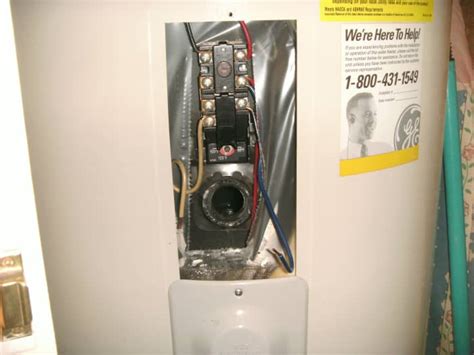Hot Water Element: A Troubleshooting Guide
Is your hot water heater leaving you in the cold? A faulty hot water element is a common culprit. This comprehensive guide will walk you through troubleshooting your hot water element, helping you diagnose the problem and potentially save yourself a costly repair call. We’ll cover everything from understanding the element’s role to tackling common issues and determining when professional help is needed.
What is a Hot Water Element and How Does it Work?
A hot water element, also known as an immersion heater or heating element, is the crucial component responsible for heating the water in your electric hot water tank. It's a resistive heating element submerged in the water tank. When electricity flows through the element, its resistance generates heat, warming the surrounding water. This heated water is then available for use throughout your home. Understanding its function is the first step in troubleshooting any problems.
Why is My Hot Water Heater Not Heating Up?
This is the most common problem related to the hot water element. Several reasons can explain why your hot water heater isn’t working as it should. Let’s explore some possibilities:
1. Burned-Out Hot Water Element: How Can I Tell?
A burned-out element is a frequent cause of no hot water. The element's lifespan is typically several years, but factors like mineral buildup and excessive use can shorten its life. Identifying a burned-out element often involves:
- Testing the element with a multimeter: This requires some basic electrical knowledge and safety precautions. A multimeter can measure the resistance of the element. A reading of infinity (OL) usually indicates a break in the circuit and a faulty element. Caution: Always disconnect the power supply before attempting any electrical testing.
- Visual inspection (with caution): Sometimes, a severely burned-out element will show visible signs of damage, such as discoloration or physical breakage. Again, ensure power is disconnected before any visual inspection.
- Lack of heating despite a functioning thermostat: If the thermostat is working correctly but the water remains cold, the element is likely the problem.
2. Thermostat Malfunction: Is the Thermostat the Problem?
The thermostat controls the element's on/off cycle. A faulty thermostat won't signal the element to heat, resulting in no hot water. You can often test the thermostat with a multimeter (again, disconnect power first!) to check its continuity. A faulty thermostat will show an open circuit.
3. Mineral Buildup: The Impact of Hard Water
Hard water leaves mineral deposits on the element, insulating it and reducing its efficiency. This buildup can eventually lead to element failure. Regularly flushing your hot water tank can help prevent this issue.
4. Faulty Wiring: Checking Connections
Loose or damaged wiring can prevent the element from receiving power. Visually inspect the wiring connections to the element and the thermostat for any signs of damage or corrosion.
How to Replace a Hot Water Element
Replacing a hot water element is a relatively straightforward DIY task for those with some basic plumbing and electrical skills. However, always disconnect the power supply before attempting any repairs. Consult your hot water heater's manual for specific instructions. The process generally involves:
- Turning off the power and water supply: This is crucial for safety.
- Draining some water from the tank: This reduces pressure and makes the job easier.
- Accessing the element: The process varies depending on your hot water heater model.
- Disconnecting the wiring: Carefully remove the wires from the element terminals.
- Removing the old element: This might involve unscrewing or unbolting the element.
- Installing the new element: Ensure the new element is properly seated and the wiring is correctly connected.
- Refilling the tank and restoring power: Check for leaks and ensure the water heats up correctly.
When to Call a Professional
While replacing a hot water element is often doable as a DIY project, certain situations warrant calling a qualified plumber or electrician:
- Lack of experience: If you're uncomfortable working with electricity or plumbing, it's best to leave it to the professionals.
- Complex issues: If you've identified multiple problems, or if the cause of the malfunction remains unclear after troubleshooting, it's advisable to seek expert help.
- Safety concerns: Always prioritize safety. If you are unsure about any aspect of the repair, don't hesitate to call a professional.
Preventing Future Problems
Regular maintenance is key to extending the life of your hot water element and preventing premature failure:
- Annual flushing: This removes mineral buildup and improves efficiency.
- Regular inspection: Visually inspect the element and wiring periodically for any signs of damage.
- Using a water softener: If you have hard water, a water softener can significantly reduce mineral buildup.
This guide provides a starting point for troubleshooting your hot water element. Remember, safety should always be your top priority. If you are unsure about any step, consult a qualified professional.

